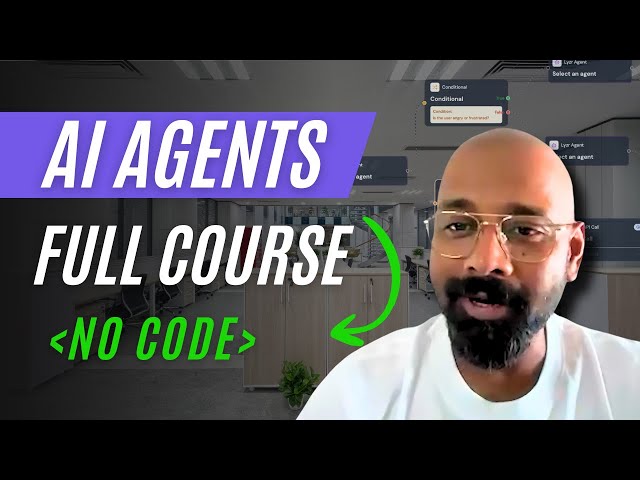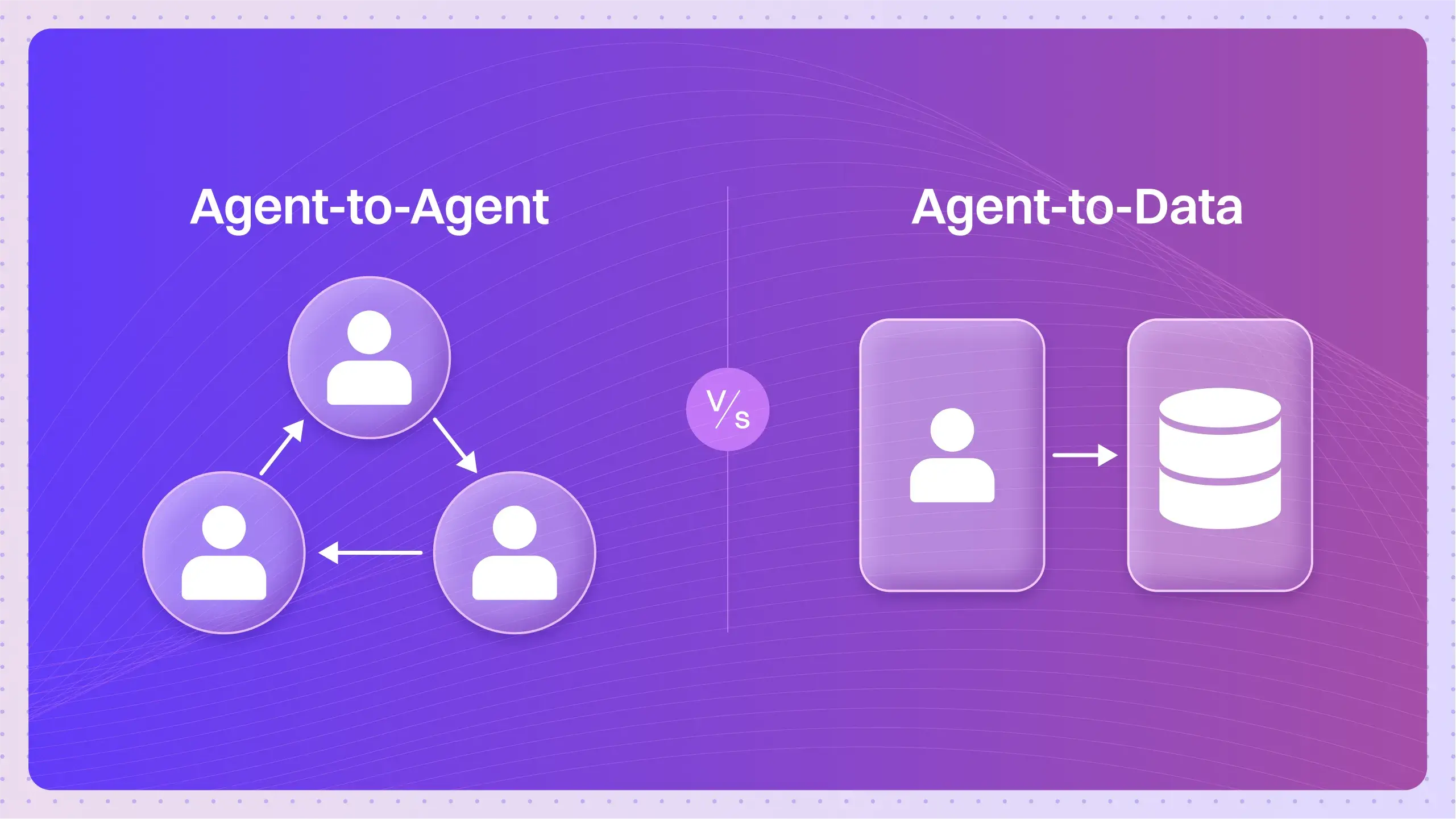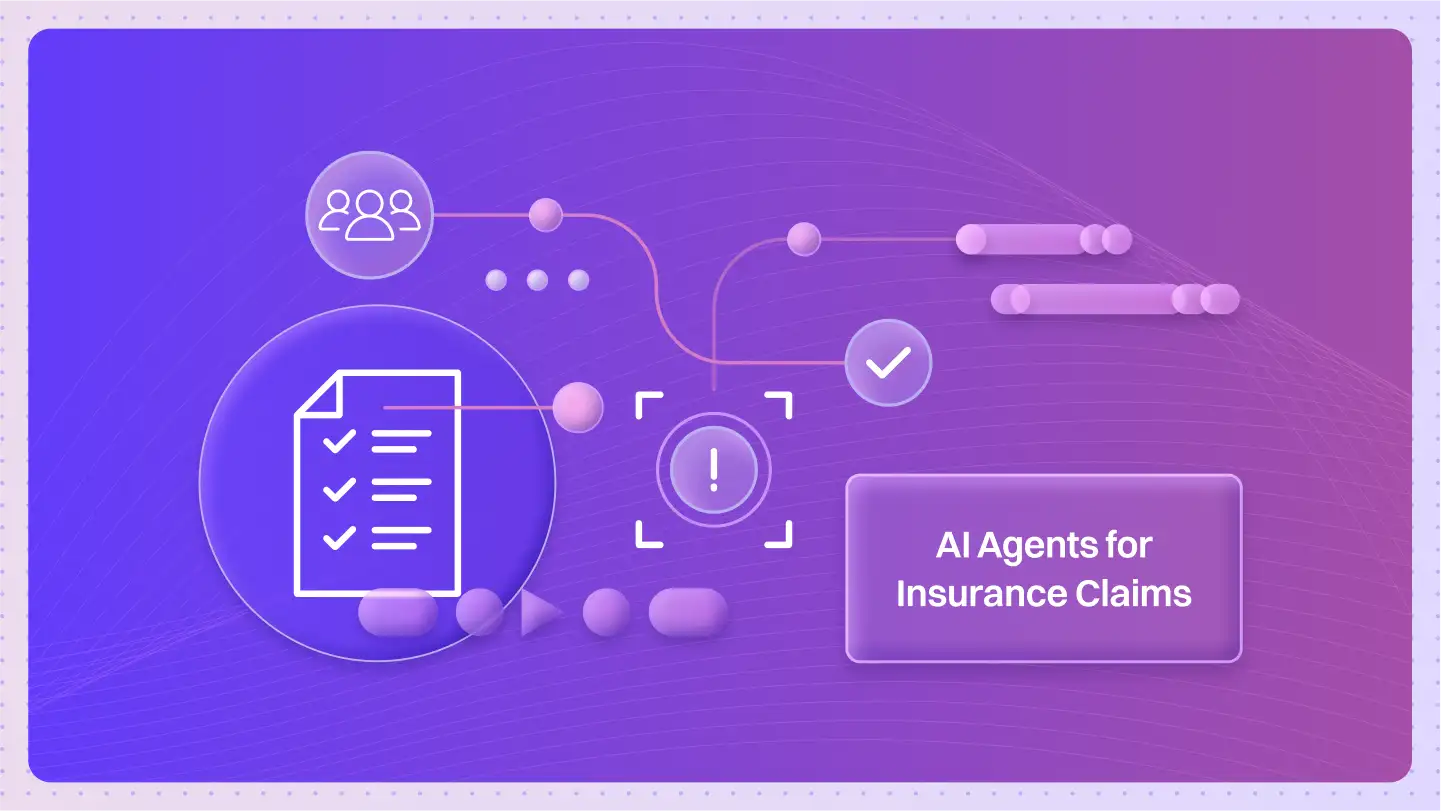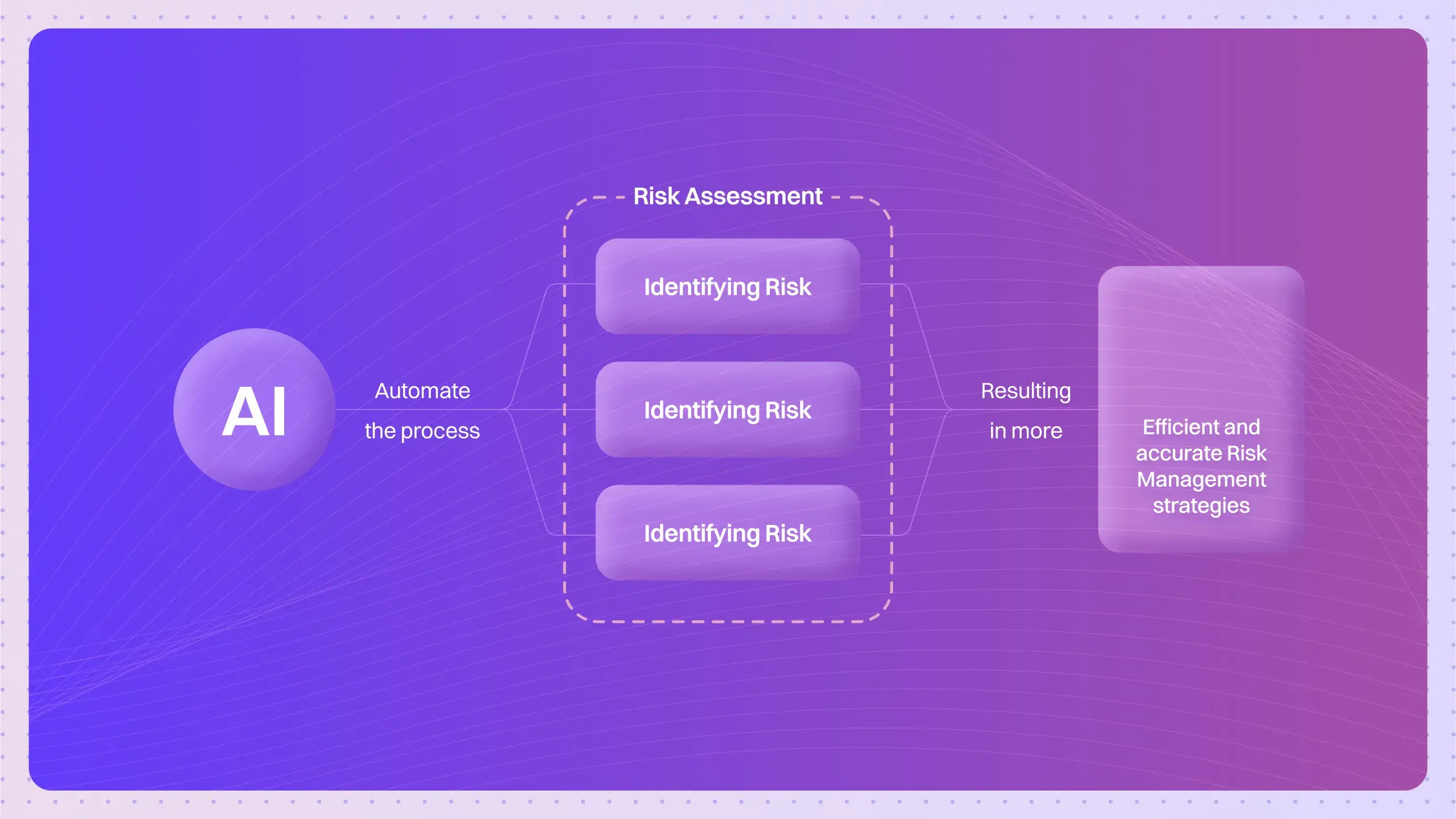To solve big problems, you have to break them down.
Hierarchical AI Agents are AI systems designed with multiple levels of control, each responsible for different tasks or decisions. The structure allows high-level decisions to guide lower-level actions, enabling more complex and flexible AI behaviors.
Imagine a corporate structure.
You have CEOs, directors, managers, and workers.
CEOs decide on the company’s overall strategy.
Directors plan how to execute that strategy within their departments.
Managers ensure their teams have the resources and focus to get the job done.
And workers perform the specific, ground-level tasks.
Hierarchical AI Agents work in exactly the same way, with different layers making strategic, tactical, and operational decisions.
This isn’t just a neat organizational chart.
It’s a fundamental shift in building AI that can reason, plan, and execute complex, multi-step goals in the real world.
What are Hierarchical AI Agents?
They are AI systems built with a chain of command.
Instead of a single, monolithic AI model trying to do everything at once, a hierarchical system breaks the problem down.
- The Top Layer (The CEO): This agent looks at the big picture. It receives a high-level goal, like “plan a marketing campaign for a new product.” It doesn’t worry about the tiny details. It just sets the overall strategy.
- The Middle Layers (The Directors & Managers): These agents take the high-level strategy and decompose it into smaller, more manageable sub-tasks. For the marketing campaign, one manager might be tasked with “run social media ads,” another with “write blog posts,” and a third with “organize a launch event.”
- The Bottom Layer (The Workers): These are the specialist agents that perform the actual work. One agent writes the ad copy, another designs the graphic, and a third buys the ad space. Each is an expert at its specific function.
This delegation allows the system to tackle problems far too complex for a single AI agent to handle.
How do Hierarchical AI Agents differ from traditional AI systems?
It’s the difference between a generalist and a highly-organized team of specialists.
Traditional AI Systems:
- Often operate at a single level.
- A flat structure processes inputs and generates outputs directly.
- Think of a simple image classifier. It sees a picture, it says “cat.” There’s no layered thinking.
- This design struggles with long-term planning or tasks with many steps.
Hierarchical AI Agents:
- Feature a multi-level architecture.
- Higher-level agents supervise and direct lower-level ones.
- This allows for sophisticated task decomposition. The “CEO” agent doesn’t need to know how to write code, it just needs to delegate the task “build a website” to a manager agent.
- This structure enables strategic, long-range decision-making.
A real-world example is a customer service chatbot.
A traditional bot might follow a rigid script.
A hierarchical bot has a top-level agent that first assesses the customer’s intent and sentiment. Is the customer angry? Confused?
It then passes the conversation to a specialized lower-level agent equipped to handle that specific situation, like processing a refund or providing technical support.
What technical mechanisms enable hierarchical control?
It’s not just an idea; it’s an engineering principle built on specific mechanisms.
The core of this architecture relies on a few key technical concepts that allow the layers to communicate and coordinate effectively.
Layered Control Systems:
This is the formal name for the structure itself.
Agents are organized so that higher layers make broader, more abstract decisions.
These decisions act as goals or constraints for the layer below them.
A robotics AI illustrates this perfectly.
- The top layer decides the mission: “Navigate from the kitchen to the living room.”
- The middle layer handles tactical pathfinding and obstacle avoidance.
- The bottom layer controls the individual motors to make the wheels turn and the robot move.
Each layer operates on a different timescale and level of abstraction.
Feedback Loops:
This is critical for making the hierarchy smart.
Information doesn’t just flow down from the top. It also flows back up.
- Downward Flow: Commands, goals, and strategies.
- Upward Flow: Status updates, results, and error signals.
If a low-level “worker” agent fails at its task, that information is sent back up the chain.
A “manager” agent might try assigning the task to a different worker or breaking it down further.
If the problem persists, it might even go all the way to the “CEO” agent, signaling that the entire strategy needs to be re-evaluated.
This constant feedback allows the system to adapt and learn at every level.
What are the challenges in implementing Hierarchical AI systems?
Building an effective chain of command for AI is not a simple task.
While powerful, this architecture introduces its own set of complexities.
Design Complexity:
How many layers do you need?
What are the exact responsibilities of each agent at each level?
Defining the hierarchy is the first and often most difficult step. A poorly designed structure can be less efficient than a single agent.
Communication Overhead:
The agents need a clear and efficient way to talk to each other.
This communication channel can become a bottleneck, slowing down the entire system if not designed properly.
Credit Assignment Problem:
When a multi-step task succeeds or fails, who gets the credit or blame?
Was it a brilliant strategy from the top-level agent?
Or was it a flawless execution by a low-level agent?
If it fails, was the strategy flawed, or did a worker agent make a mistake?
Figuring this out is crucial for learning and improving, but it’s a hard problem to solve.
Training Difficulty:
Training a hierarchy is more complex than training a single model.
Do you train each agent separately?
Do you train the whole system end-to-end?
Each approach has its own challenges in ensuring the agents learn to cooperate effectively.
Quick Check: Spot the Hierarchy
Imagine two AI-powered writing tools.
- Tool A: You give it a prompt like “write a blog post about renewable energy,” and it generates the full text in one go.
- Tool B: You give it the same prompt. A top-level agent first creates an outline (Introduction, Types of Renewables, Pros/Cons, Conclusion). It then assigns each section to a specialist writer agent. One agent is great at introductions, another excels at technical explanations. A final “editor” agent reviews the combined parts for flow and consistency.
Tool A is a traditional, flat AI. Tool B is a hierarchical agent system. It breaks the problem down, delegates tasks, and integrates the results, leading to a potentially higher-quality and more structured output.
Going Deeper: Your Hierarchical AI Questions Answered
How do Hierarchical AI Agents optimize decision-making processes?
By breaking down complex problems into smaller, more manageable sub-problems. This allows each agent to focus on a narrow set of tasks it is specialized for, leading to better and faster decisions at its level. The high-level agent isn’t bogged down by low-level details, allowing it to focus purely on strategy, which prevents decision paralysis.
How does the hierarchical structure support complex behavior modeling?
It mirrors how complex behaviors are often organized in nature and human organizations. Long-term goals are achieved through sequences of shorter-term actions. The hierarchy allows the AI to maintain a persistent high-level goal (e.g., win a chess game) while dynamically deciding on low-level actions (e.g., move a specific pawn) based on the immediate context.
Are there industries where Hierarchical AI Agents are particularly beneficial?
Yes, anywhere complex, multi-step tasks are common.
- Robotics: For navigation, manipulation, and task execution (e.g., in manufacturing or logistics).
- Supply Chain Management: High-level agents can manage overall inventory strategy, while lower-level agents handle individual warehouse operations or shipping routes.
- Game Development: For creating intelligent NPCs (non-player characters) that can exhibit strategic, team-based behavior.
- Autonomous Systems: From self-driving cars to drones, where strategic navigation decisions are separate from immediate motor control.
What are the scalability considerations for these systems?
Hierarchical systems are generally more scalable than monolithic ones. You can add new capabilities by simply adding new “worker” agents without redesigning the entire system. You can also add more “manager” layers to handle increasing complexity. The primary challenge to scalability is managing the communication overhead between a growing number of agents.
How does the hierarchical model affect AI training and data requirements?
It can be more efficient. Instead of needing a massive, diverse dataset to train one giant model to do everything, you can use smaller, specialized datasets to train each worker agent on its specific task. The higher-level agents can then be trained on how to best delegate and sequence these specialized skills, which often requires less data than learning the skills from scratch.
The move towards Hierarchical AI Agents is a move towards building AI that doesn’t just act, but manages.
It’s a step away from simple pattern-matching tools and a step toward autonomous systems that can strategize, delegate, and execute complex plans to achieve long-term goals. The future of AI is not just about being smart; it’s about being organized.







